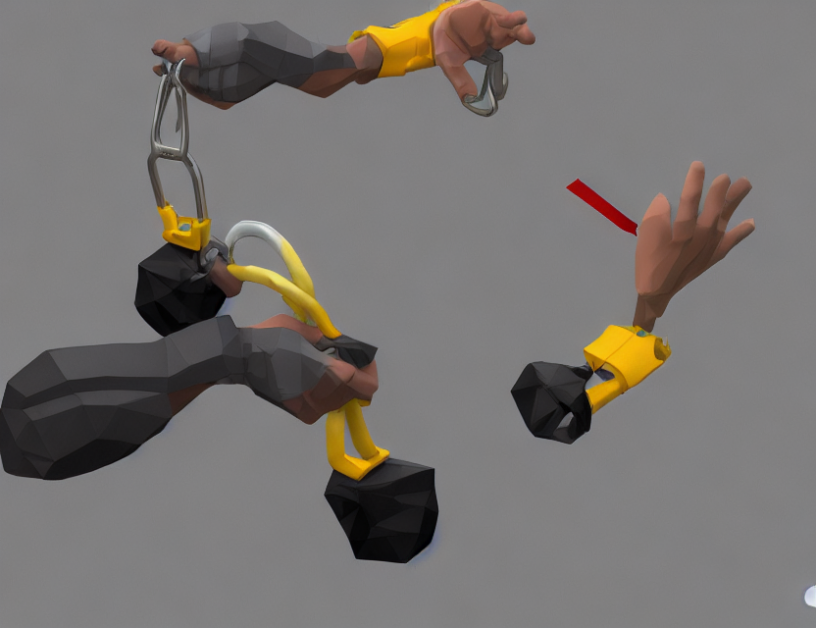In this paper, researchers aim to improve the dexterity and versatility of robotic grasping and manipulation by leveraging deep reinforcement learning (DRL) techniques. The proposed approach is designed to handle diverse objects with varying shapes, sizes, and materials, and it focuses on two key aspects: accurate modeling of plant/environment dynamics and robust manipulation of objects.
To address the first aspect, the authors utilize computer vision to detect slips and deformations in grasped objects, while also developing a physics-based model that accurately captures the dynamics of the robotic hand and its interactions with the environment. This allows for more precise control over the robot’s movements and reduces the likelihood of errors or accidents.
For the second aspect, the authors employ DRL algorithms to train their bionic grasping agent. Specifically, they utilize a deep neural network to learn the optimal policy for grasping and manipulating objects, while also incorporating reward functions that encourage the agent to develop good habits and avoid undesirable behaviors. The reward functions are designed to penalize the agent for slipping, deforming, or damaging objects, and they incentivize the agent to maintain a firm grasp while also lifting objects with minimal slipping.
To validate their approach, the authors conduct experiments using a custom-designed anthropomorphic robotic hand within a PyBullet simulation environment. They show that their DRL-based bionic grasping agent is able to handle a variety of objects and perform manipulation tasks with high accuracy and efficiency. Specifically, they demonstrate that their agent can successfully entrap objects between the bionic fingers, lift them with minimal slipping, and manipulate objects in a dexterous manner.
In summary, this paper presents a novel approach to bionic grasping and manipulation that leverages DRL techniques to improve the accuracy and versatility of robotic grasping and manipulation. By developing an accurate model of plant/environment dynamics and utilizing DRL algorithms to train their bionic grasping agent, the authors are able to create a more dexterous and capable robotic hand that can handle diverse objects with ease. Their approach has significant implications for a wide range of applications, including robotics, manufacturing, and healthcare.
Robust Grasping and Lifting with Bionic Reflex Control



